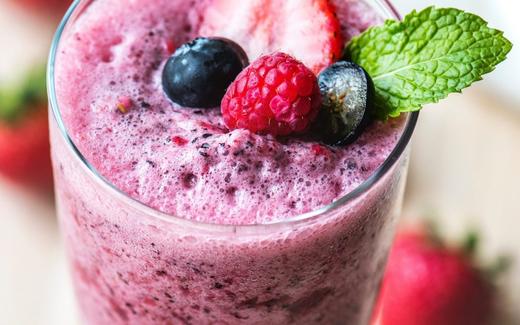Your Cart is Empty

Difference between Protein Shakes & Meal Replacement Shakes
Calories
Meal replacements are intended to be more filling and contain more calories than a protein shake. Although meal replacements are higher in calorie than protein shakes, they tend to be lower in calories than actual meals, which can aid in dieting. Whey protein isolates tend to be the lowest calorie protein shakes, with 101 calories per serving, while others may contain about 120 calories. Meal replacement shakes typically contain between 250 and 400 calories
Protein
Protein shakes typically provide about 25 g of protein per serving, while the range of protein in meal replacements differs widely. Meal replacements intended for general health may be lower in protein, with 10 g per shake, while those intended for muscle building and dieting may contain up to 40 g
Carbs
Protein shakes typically have less than 5 g of carbohydrates, as they are not intended to be full meals. Meal replacement shakes tend to contain carbohydrates to make the nutritional profile more like a real meal. Meal replacements beneficial for dieting will contain dietary fiber, a nutrient that helps in digestion and makes you feel full, helping you consume fewer calories throughout the day.
Fat
Protein shakes are typically low in fat, with 3 g or fewer, while the fat content in meal replacements varies. Meal replacements that are lower in carbohydrates tend to be higher in fat, and may be useful for low-carbohydrate diets. Higher carbohydrate shakes tend to be lower in fat.
Whey Protein or Whey Isolate should only be consumed after your workout
______________________________
Meal replacements are a great idea, but be careful when using the big name meal replacements that you pick up at the store, as these often have unhealthy ingredients, including artificial sugars, and flavors. Not to mention, many times they do not provide you with the full nutrition of a meal.
Instead, try making your own meal replacement smoothie that is easy to take with you. You can make it the night before, stick it in the refrigerator and take it in the car when you leave the house.
When making a meal replacement shake, be sure you use the same approach as when you are making meals. This means you need healthy fats, a carb source (in accordance to high carb, low carb, or no carb days), greens, and of course a source of protein. Protein is best attainable through a high-quality supplement which has no artificial flavors, colors, or sweeteners.
Recipes for making your own shake
Mango Smoothie:
2 scoops Vanilla Protein
2 cups spinach
1 cup frozen mango
½ med avocado
– Top with water and blend together.
Calories – 281
4/39/15 (fat/protein/carbs)